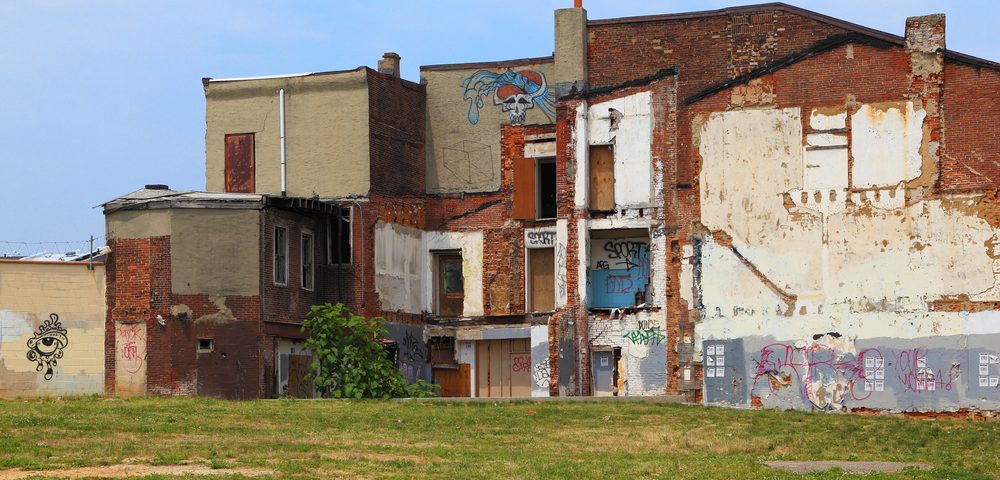Minority adults who live in low-income households are known to suffer from the highest rates of asthma, asthma-related mortality rates, and hospital stays. But most asthma studies fail to focus on these patients and don’t acknowledge how their socioeconomic context affects their disease.
Based on the hypothesis that this information should not be overlooked, a team of researchers investigated the lives of asthma patients, including reports from community health workers who visited them in their own homes. Many lived in poor living conditions with insufficient housing in violent communities and a lack of social services and support.
Funded through a Patient-Centered Outcomes Research Institute (PCORI) Program Award, the findings, “Home visits are needed to address asthma health disparities in adults,” were published in the Journal of Allergy and Clinical Immunology.
Many adults with asthma also suffer from other conditions and are often exposed to tobacco smoke, but most of these patients are excluded from clinical trials due to research strategies or patient limitations. Home visits may offer a better understanding of how the social environment of low-income asthma patients impacts their overall health.
The study investigated the lives of 301 people living in poor Philadelphia neighborhoods who were taking inhaled corticosteroid for asthma and needed oral steroids for an exacerbation or had a hospital emergency room visit within the last six months.
After visiting their homes, health workers found that 71 percent of the patients rented, often sharing one-room apartments or crowded spaces with multiple family members. Many lived in typical rowhomes built in the 19th century and couldn’t properly maintain them on their budget.
“It’s not just the finances; it’s the violence, lack of education and job opportunities,” the health workers reported.
“Homes are in poor repair. Some are just unlivable.”
“Depression survey seems to trigger a lot of emotions. Often patients are crying as we try to complete it,” they said.
Health workers additionally found that these patients are consistently in contact with indoor asthma triggers, such as rodents, roaches, or mold. Only 25 percent of the participants reported being employed part-time or full-time, which means they likely spend most of their time inside their homes.
In addition to wide-spread unemployment, a lack of social services, insufficient access to healthy food, and a lack of education were all contributing factors to worsening disease outcomes.
Also, 28 percent of those surveyed admitted they smoke despite their asthma symptoms, 58 percent of patients also suffered from hypertension, and 32 percent from diabetes.
“Many of these patients start to feel a sense of hopelessness, especially the very sick,” Tyra Bryant-Stephens, MD, corresponding author of the study and medical director of Community Asthma Prevention Program (CAPP) at Children’s Hospital of Philadelphia (CHOP), said in a press release.
“They feel there is very little possibility of changing their current living situation, which includes poor housing, exposure to violent crime, and limited access to transportation,” she said. “Some of these living conditions make it difficult or impossible for patients to get to their medical visits, which results in a further decline of their health.”
“Medical personnel no longer make house calls, so this research gives us a view of how poverty, unfavorable home conditions, and lack of social resources limit patients’ ability to access healthcare,” said Andrea J. Apter, MD, principal investigator of the study and chief of section of allergy and immunology at Perelman School of Medicine at the University of Pennsylvania.
“Without the knowledge of these barriers, health providers do not have the information needed to create a tailored and empathetic approach to asthma management,” she said.
Bryant-Stephens said that as long as there is poor housing, there will be health disparities, “despite medical advancements being made in the fight against asthma.”
“The issue is not limited to Philadelphia and needs to be addressed on a national scale. Without addressing poor housing, we will never be able to truly eliminate disparities in outcomes among adult asthma patients,” Bryant-Stephens added.

